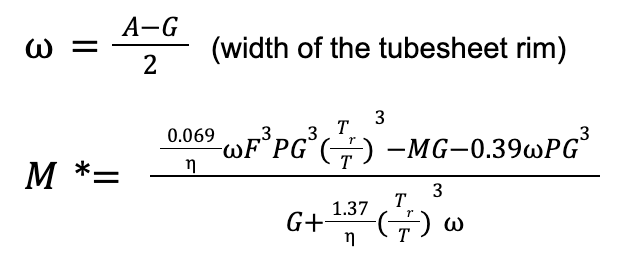Tube to tubesheet welding is unique. There is an inherent complexity to the process compared to general tube or pipe welding, and it requires specialized tools to achieve complete and consistent welding.
As a critical part of heat exchangers and boilers in critical nuclear, power generation, pharmaceutical, and many other industries, tube to tubesheet welding is governed by many industry specifications. This includes the decision regarding tube-to-tubesheet joint type, tubesheet type, and thickness. With the established standards preventing the formation of corrosion and other weld defects over time, heat exchangers can run safely and reliably.





